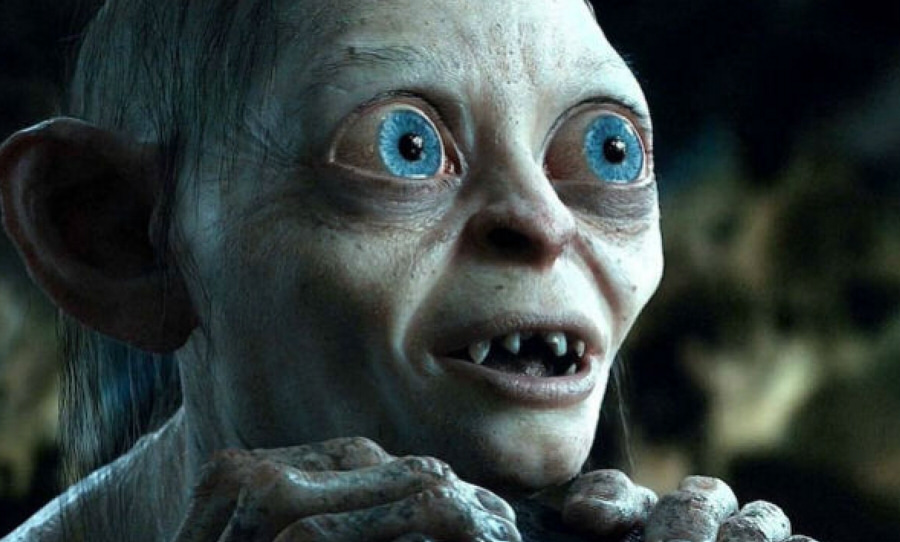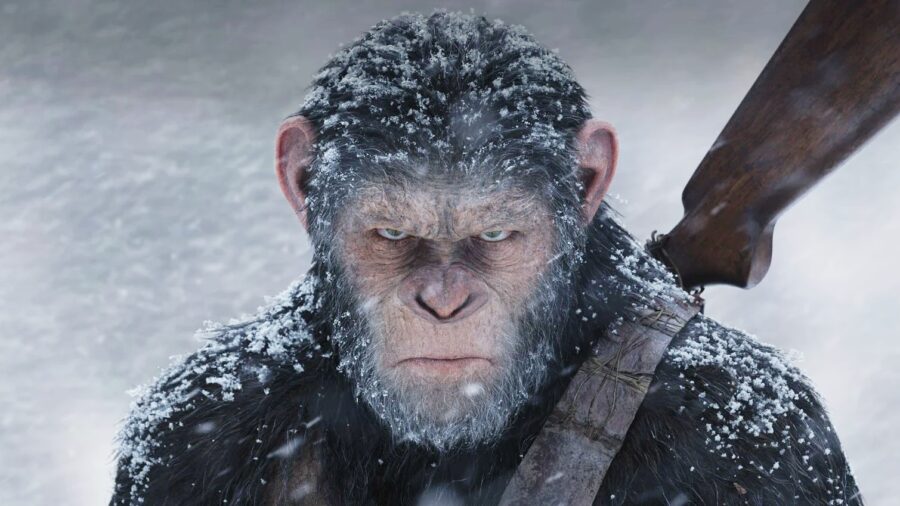Andy Serkis Mocked For The Role That Made Him A Star
Andy Serkis opens up about the mockery he faced earlier in his career as a motion-capture specialist before it became a common technique.

Motion capture technology has become a prominent part of the filmmaking industry, with large animated production houses and companies like Marvel using it extensively to capture human-like movement and expression. Still, this wasn’t always the case, and some of the early pioneers of the practice faced loads of criticism. Veteran motion capture actor Andy Serkis spoke out in a recent interview with GQ, where the Lord of the Rings actor sounded off about early critics of his motion capture acting.
The actor recalls that when The Lord of the Rings: Fellowship of the Ring came out, many of his peers were not supportive of the new motion capture technology that he used to portray the character Gollum: “There would be literally people who would say, ‘Who is that character? Is he a dancer? Is he a contortionist?’” Serkis quotes older, more jaded actors who commented, “You wouldn’t catch me dead doing motion capture” and “It’s the end of our profession.”
Serkis notes that outside of the general disdain, people were even making jokes about the process: “There were lots of jokes about it; you know, Saturday Night Live things with people in suits with ping pong balls attached. It was ripe for ridiculing – and rightly so.”
The actor used motion capture technology to portray the character of Gollum in Peter Jackson’s Lord of the Rings film franchise, beginning with a brief appearance in 2001’s The Lord of the Rings: The Fellowship of the Ring. It was 2002’s The Lord of the Rings: The Two Towers that saw the character take on a more prominent role as a central character and put Serkis’ motion capture acting front and center. He would reprise the role for the trilogy finale, 2003’s Lord of the Rings: Return of the King, and later again with the prequel series The Hobbit: An Unexpected Journey in 2012.
Animators used Motion capture technology and roto animation technique to imbue The CGI character with Serkis’ facial features, voice, and movements to bring the character of Gollum to life. Andy Serkis won “Best Virtual Performance at the 2003 MTV Movie Awards” for his performance as Gollum. The Lord of the Rings is generally lauded as one of the most acclaimed film series ever created and certainly among the top fantasy films. The series won 17 Academy Awards in various categories.

Andy Serkis’ work as Gollum garnered him a reputation as a prolific performance-capture actor throughout the next decade. Serkis’ ability to convey complicated emotions and facial expressions proved invaluable in executing these difficult roles.
In addition to his role as Gollum, Peter Jackson tapped Serkis again to play the titular giant ape in his 2005 version of King Kong. Serkis also played Caesar in the Planet of the Apes reboot film series, beginning with 2001’s Rise of The Planet of the Apes. He recently featured as Supreme Leader Snoke in the Star Wars sequel series starting with Star Wars: The Force Awakens, which he reprised in Star Wars: The Last Jedi.
Andy Serkis’ theatre career began at Duke’s Playhouse. He then began booking small roles on television with appearances in The Darling Buds of May and Pie in the Sky. He appeared in the romantic comedy Loop before his breakthrough role in The Lord of the Rings: The Fellowship of the Ring.
Audiences may still be more familiar with CGI versions of his face than his actual face, but that might change. Serkis appeared as Alfred in Matt Reeves’s The Batman, Kino Loy in Star Wars spin-off Andor, and most recently in 2023’s Luther: The Fallen Sun. With a successful and long-running role in film history, those who made fun of Andy Serkis initially may be the ones who want to hide their faces now.













